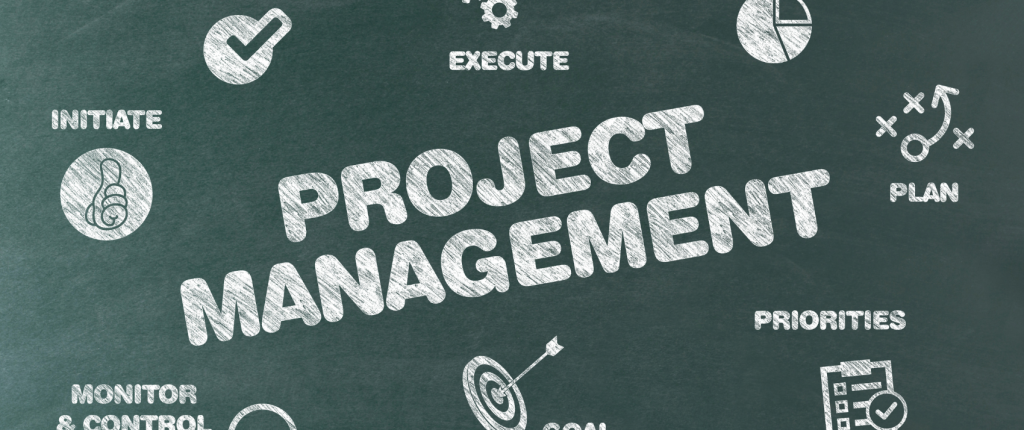Strategic Planning
Research indicates that over 80% of strategic plans fail. Organisations spend millions on consultants and strategic planning retreats, and fancy strategic planning documents are produced, only to get forgotten soon afterwards and ending up collecting dust if filing cabinets. Strategic planning is about understanding where the organisation is now, where does it want to be in future and how it is going to get there. Strategic planning is about being proactive and agile to continuously improve and respond successfully to the ever-changing external environment. Below are four key success factors required to successfully manage the strategic planning process.
1. Consultation and preparation
- This phase entails all the pre-planning required to ensure an effective strategic planning process
- Establish a small strategic planning task team comprised of key representatives who will co-ordinate the process
- Determine the purpose and objectives of the strategic planning process with the task team
- Secure a budget for the strategic planning process
- Conduct a stakeholder analysis to determine who should attend the strategic planning event
- Develop a consultative process and communication strategy to ensure sound and professional engagement with relevant stakeholders
- Develop a programme for the strategic planning process, and an action plan
- Identify and select a facilitator (develop and use criteria to assist in the selection process, e.g. availability of funds, impartiality, competence, internal vs external facilitator)
- Determine whether the venue will be in-house or away from the office
- Book a venue and secure all the necessary equipment, e.g. flipchart stand, pens, projector, paper, etc.
- Make the necessary catering arrangements. Confirm special dietary requirements.
- Invite all the relevant participants to the strategic planning session and provide them with all the necessary information (e.g. programme, previous strategic planning report, business plan, progress reports, financial statements, directions to the venue, etc.). Ask them for suggestions for improvement.
- Brief the facilitator about the process, discuss expectations, roles and provide him/her with relevant background information and literature
- Ensure that people giving inputs at the workshop know what they have to cover
- Print copies of the relevant documents needed for the strategic planning process
- Confirm all logistical arrangements.
2. Planning
- This phase refers to the actual strategic planning event or workshop.
- Explain the purpose and importance of the strategic planning process
- Develop or review the purpose, vision, mission and core values of the organisation
- Conduct an analysis of internal strengths and weaknesses, and external opportunities and threats
- Identify key strategic issues – preferably no more than 5
- Develop goals based on the strategic issues
- Develop SMART objectives based on your goals (specific, measurable, achievable, realistic and time-bound)
- Develop an operational / action plan which indicates the activities, persons responsible, timeframe, budget, resources, and indicators for success
- Ensure alignment of the strategic plan with available resources and organisational capabilities.
3. Execution
- This stage involves the implementation of the strategic plan
- Communicate the strategic plan to all relevant people in the organisation
- Ensure the alignment of purpose, vision, mission, values, goals and objectives
- Get buy-in from management and staff, and generate excitement and inspiration
- Cascade organisational goals and objectives across organisational hierarchy and develop divisional plans or programme / project operational plans
- Link organisational targets with individual performance targets and contracts
- Link achievement of organisational goals with individual performance rewards
- Make individual rewards enticing and generous
- Identify key risks and develop plans to manage risks
- Communicate progress made in monthly staff meetings
- Celebrate victories
- Make strategic planning and management into a continuous, living process
- Monitor achievement of targets daily, weekly, monthly and quarterly
- Take early corrective actions if targets are missed or problems identified
- Conduct quarterly strategic planning reviews with the relevant stakeholders
4. Evaluation
- This phase entails reviewing how successfully the strategic plan is being implemented
- Conduct a half-yearly strategic review with the relevant stakeholders
- Review strategic goals and objectives if required
- Identify new market opportunities
- Consider reconfiguring organisational resources, human and financial, to reinforce support of high performing units while addressing the challenges facing low performing units
- Conduct an annual strategic review prior to the commencement of the new strategic planning cycle.
- Continuously consult with the key stakeholders
See also: 10 Ways to Become a Better Manager








